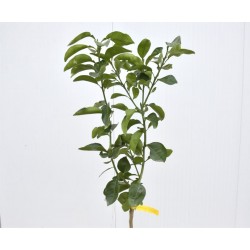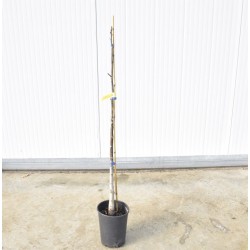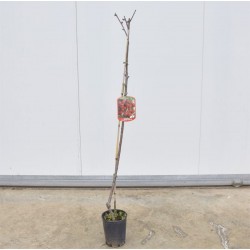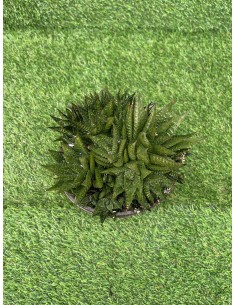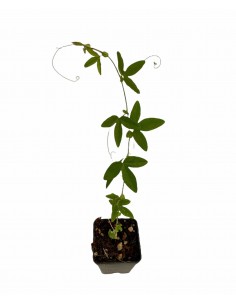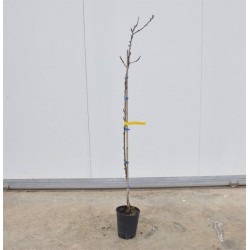Quince tree
Generality
The quince (Cydonia oblonga Mill., 1768) is a fruit tree belonging to the Rosaceae family and to the Cydonia genus. It is one of the oldest known fruit trees: it was cultivated as early as 2000 BC. by the Babylonians, among the Greeks it was considered a sacred fruit to Aphrodite and in Roman times it was well known, being mentioned by Cato, Pliny and Virgil. The fruits in general are called quinces; in particular, the apple-shaped varieties are called quince apples, while the more elongated ones are called quince pears.
- Vase 22cm, Height 150 / 170cm
Generality:
Cultivation and Care :
The quince plant needs full sun exposure to grow at its best. It can tolerate many types of climate, both cold and warm ones, even in humid climates the plant can vegetate without problems. As for the need for soil, the quince grows well in medium-textured substrates rich in organic matter. Contrary to what one might think, the best results are obtained in fertile soils. Plants generally do not need it but during the summer it can be useful to intervene at least on the hottest days. Prolonged irrigation is carried out depending on the compactness of the soil just enough to wet the first 20-30 cm of soil also because the root system of the quince goes down quite deep. The fertilization of the quince is very similar to that of the apple tree. After the planting of the young plants, you can immediately intervene with the administration of 10-15 kg of manure per plant, trying to spread the manure within a radius of 60-70 cm from the stem and no further.




